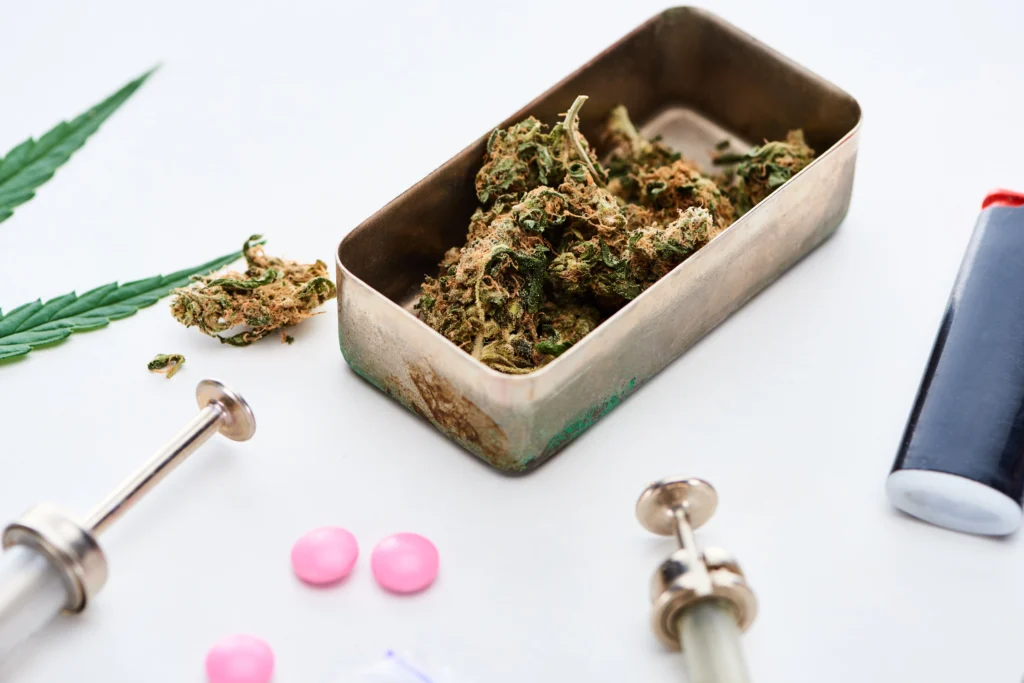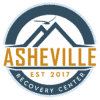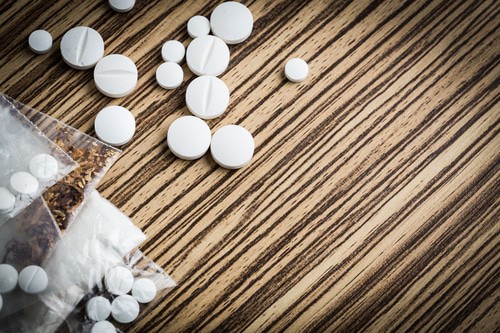Introduction
Early recovery from addiction is a fragile time where people are particularly vulnerable to relapse. During this period, the introduction of so-called “gray area substances” can pose significant risks. These substances, which often include kava, kratom, synthetic cannabinoids like spice, full spectrum CBD, delta-8 THC, phenibut, tianeptine, and others, are frequently marketed as legal and safe alternatives to more strictly regulated drugs. However, their effect on individuals in recovery (especially very early recovery) can be harmful. This blog will explore the dangers these substances pose, particularly focusing on their potential to trigger relapse and derail addiction treatment attempts.

Understanding Gray Area Substances
Gray area substances are “drugs” that are sold in a legal and regulatory gray zone. They are not always classified as illegal drugs, yet they can have psychoactive or euphoric effects similar to those of more controlled substances. Their ambiguous legal status often leads to misconceptions about their safety, making them particularly appealing to individuals seeking a high without the legal risks associated with illicit drugs. These are also becoming more popular for people who reside in sober living, halfway houses, or transitional living facilities to abuse due to the difficulty of catching these substances with a urine analysis (drug test).
Common Gray Area Substances
- Kava: A plant-based drink traditionally used in Pacific Island cultures, kava has sedative and anxiolytic properties. While it is promoted as a natural remedy for anxiety and stress, excessive consumption can lead to liver damage and dependency.
- Kratom : Derived from the leaves of a Southeast Asian tree, kratom is used for its stimulant and opioid-like effects. It is often marketed as a solution for pain relief and opioid withdrawal, but it carries risks of addiction and severe withdrawal symptoms. We have seen a massive uptick in clients reported symptoms similar to opioid abuse.
- Spice (Synthetic Cannabinoids): These lab-created chemicals mimic THC, the active ingredient in marijuana. However, their unpredictable potency and chemical makeup can lead to severe psychological and physical effects, including psychosis, seizures, and heart problems.
- Full Spectrum CBD and Delta-8 THC: While CBD is widely recognized for its therapeutic benefits, full spectrum products containing trace amounts of THC can still have psychoactive effects. Delta-8 THC, a less potent relative of Delta-9 THC found in marijuana, can cause euphoria and sedation, potentially jeopardizing recovery efforts. We have been working with Keystone Laboratories located in Asheville NC, who was one of the first Labs in the country to start testing for Delta 8.
- Phenibut: A central nervous system depressant developed in Russia, phenibut is used for its anti-anxiety and nootropic effects. It can lead to dependence and severe withdrawal symptoms, including hallucinations and seizures. This one is very dangerous due to it’s sheer availability.
- Tianeptine: Also known nowadays as “Gas station heroin” marketed as an antidepressant, Tianeptine acts on opioid receptors in the brain, which can lead to misuse and addiction. It has been associated with severe withdrawal symptoms and even fatal overdoses. We have a whole article about Tianeptine.
The Risks of Gray Area Substances in Early Recovery
1. Triggering Relapse
Especially for individuals in early recovery, the primary goal is to maintain sobriety and avoid triggers that could lead to relapse. Gray area substances, with their psychoactive effects, can mimic the sensations of the substances individuals are trying to avoid. This can be particularly dangerous as it can reignite cravings and the psychological patterns associated with addiction.
2. Undermining Addiction Treatment
Addiction treatment programs are designed to help individuals develop coping mechanisms and strategies to deal with stress and triggers without resorting to substance use (legal or not). The use of gray area substances can undermine these efforts, making it difficult for individuals to build the necessary coping skills (such as refusal skills) or the mental fortitude required for long-term recovery.
3. Health Risks
Many gray area substances carry significant health risks, including dependency, organ damage, and severe withdrawal symptoms. For example, kava can cause liver damage, kratom can lead to opioid-like withdrawal symptoms, and spice can result in unpredictable and dangerous physical and psychological reactions including death!!
4. Legal and Social Consequences
While these substances may be legal in some jurisdictions, their use can still lead to legal and social consequences. For instance, a positive drug test for THC from full spectrum CBD or delta-8 THC products can result in job loss, loss of housing at sober homes, legal issues, or the termination of probation or parole, all of which can be devastating for someone in early recovery.
Strategies for Avoiding Gray Area Substances in Recovery
1. Education and Awareness
Understanding the risks associated with gray area substances is the first step in avoiding them. At Asheville Recovery Center we include education about these substances, emphasizing their potential to trigger relapse and cause harm.
2. Healthy Coping Mechanisms
Developing and practicing healthy coping mechanisms is crucial for maintaining sobriety. Activities such as exercise, meditation, therapy, and support groups can provide effective alternatives to substance use.
3. Support Systems
Strong support systems, including family, sober friends, and recovery groups, can provide the necessary encouragement and accountability to stay away from gray area substances. Engaging with a community that understands the challenges of recovery can be incredibly beneficial.
4. Professional Guidance
Consulting with healthcare professionals like Asheville Recovery Center can provide personalized advice and support. They can help individuals navigate the complexities of recovery and offer alternatives to potentially harmful substances.
Conclusion
Gray area substances pose a significant risk to individuals in early recovery. Their potential to trigger relapse, undermine addiction treatment, and cause severe health and legal consequences makes them particularly dangerous. By raising awareness, promoting healthy coping mechanisms, and fostering strong support systems, we can help individuals in recovery avoid these pitfalls and achieve lasting sobriety. Remember, the journey to recovery is a marathon, not a sprint, and staying informed and vigilant is key to maintaining a drug-free life.






